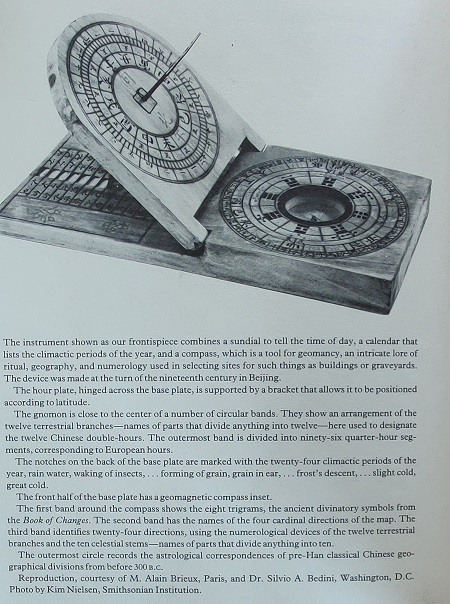ALBRECHT DURER, MELENCOLIA I
The first known use of magic squares in Western art was the 4x4 magic square in Albrecht Durer’s Melencolia I (1514).
This was during the embryonic phase of the Italian Renaissance with legends like Brammante, Da Vinci, and Pacioli introducing math into art and architecture – an ancient concept which was enjoying a rejuvenation of sorts.*
Plato was an important influence to the philosophies of the great mathematicians (artists and architects) during the Italian Renaissance as his books were just coming onto the market after being out of print for about a thousand years (the "Dark Ages").
At the same time, books on alchemy and magic were introducing magic squares to the public. Luca Pacioli and Cornelius Agrippa would publish books with a set of magic squares and their magical correspondences.
At the same time, books on alchemy and magic were introducing magic squares to the public. Luca Pacioli and Cornelius Agrippa would publish books with a set of magic squares and their magical correspondences.
The symbolic significance of the 4x4 magic square corresponded to related Pythagorean themes:
- Plato’s mantra that “number” was essential for the evolution or destiny of humankind as Number could provide the way to measure.
- An alchemical or "magical" correspondence to the planet Jupiter; that is, part of a complicated system where powers of numbers related to magic squares and a mathematical language that could explain the universe.
The 4x4 magic square corresponded to Jupiter and could be used to invoke the spirits of Jupiter to counter the effects of Saturn, that is whatever affect Saturn has on the planet earth and its inhabitants - which in this case could be the psychological affects of the mind and its physical impact on the body. What was referred to as "Melancholia" in the sixteenth century may be commonly known today as Major Depression, which can be associated with chronic widespread pain and Fibromyalgia.
Plato, from the Republic
“And haven’t measuring, counting, and weighing come to light as the most charming helpers in these cases? As a result of them, we are not ruled by a thing’s looking bigger or smaller or more or heavier; rather we are ruled by that which was calculated, measured, or, if you please, weighed.”
Other Platonic (measuring) symbols in Durer’s Melencolia I include:
- The carpenter’s T-square
- The compass
- The ruler
- The hourglass
- The scales
Additional symbols include a bell, a pot of gold, keys, a purse, a ladder with seven rungs, a polyhedron, a brooding Goddess with her muse, a brooding dog, carpenter’s tools and materials, and more.
There are 880 different ways to arrange the numbers 1 thru 16 in a 4x4 magic square, Durer chose the one square that appeared in Fra. Luca Pacioli's book De Viribus Quantitatis (1509) with these particulars:.
- The numbers fourteen and fifteen are arranged to identify the date of this masterpiece: 1514.
- Each row, square, and major diagonal add up to 34 (the conventional definition of a magic square)
- Each quadrant of four numbers of the square add up to 34
- The middle four numbers add up to 34
- The numbers in the four corners add up to 34
- The middle two numbers of the first and last row add up to 34
- The middle two numbers of the first and last column add up to 34
The use of magic squares in art was a reference to a Platonic or Pythagorean world view that emphasized number as the most integral part of human existence.**
This paralleled the ancient Chinese reverence for number (the Luo Shu) as represented in their art (the TLV Bronze Mirror, Jade Bi disc) and architecture and should be considered as an influence on Platonic, Neoplatonic, Pythagorean, and early Christian philosophy and numerology.
This paralleled the ancient Chinese reverence for number (the Luo Shu) as represented in their art (the TLV Bronze Mirror, Jade Bi disc) and architecture and should be considered as an influence on Platonic, Neoplatonic, Pythagorean, and early Christian philosophy and numerology.
* The magic square was part of an elaborate "sacred geometry" that was incorporated into the design of metal and jeweled covers of Illuminated Manuscripts during the Carolingian era (example: upper cover of the Lindau Gospels, c. 975 AD). Monks from monastaries (such as Hrabanus Maurus) incorporated math (numerology and magic squares) into poetry, art, and the design of several bookcovers during this period.
** The use of magic squares in art can also make alchemical correspondences to the planetary spheres that was part of a complicated system connected to Renaissance magic.
** The use of magic squares in art can also make alchemical correspondences to the planetary spheres that was part of a complicated system connected to Renaissance magic.












